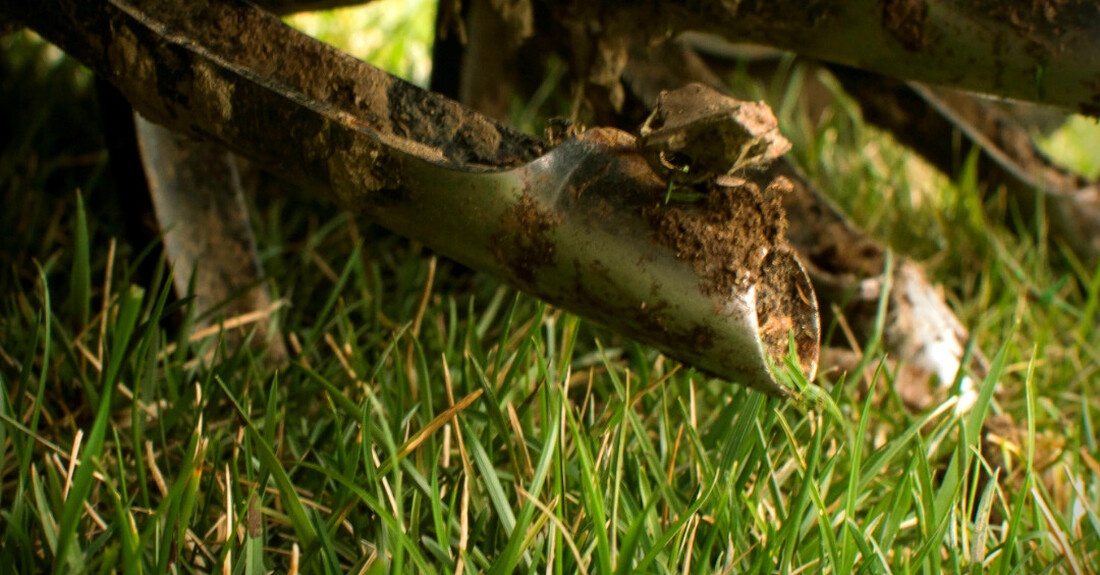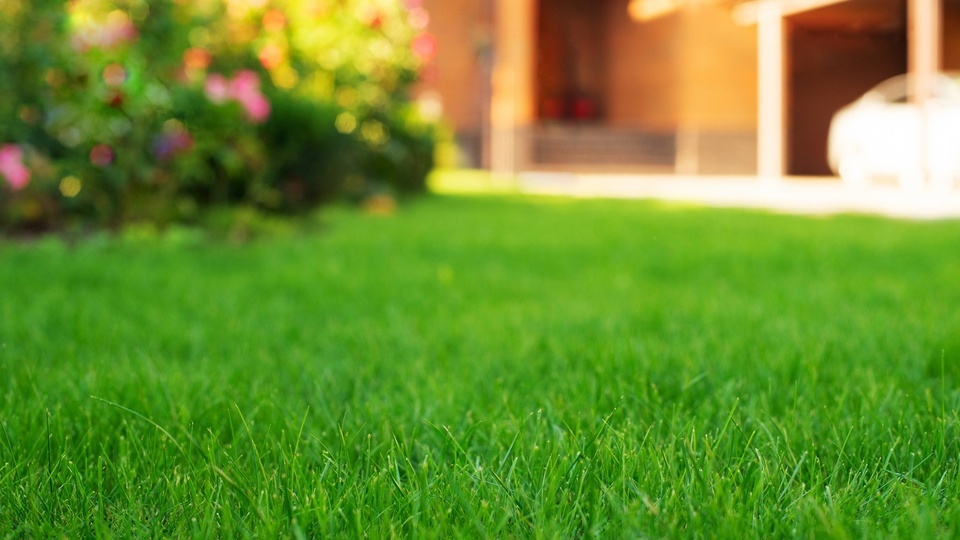Turfgrass health starts below the surface. Whether you're managing sports fields, lawns, or agricultural plots, soil compaction is a silent stressor that limits performance. One of the most effective ways to restore soil function and promote vigorous growth is core aeration — a mechanical process that opens up the soil, allowing roots and microbes to thrive.

Scientific Rationale: Why Core Aeration Works
Soil is a living system. Over time, foot traffic, machinery, and natural settling compress soil particles, reducing pore space and restricting the movement of air, water, and nutrients. This compaction leads to shallow rooting, poor drainage, and reduced microbial activity.
Core aeration removes small plugs of soil, creating vertical channels that:
- Increase Air Exchange
Oxygen is essential for root respiration and microbial life. Aeration restores gas exchange, preventing anaerobic conditions and supporting a healthy soil ecosystem. - Improve Water Infiltration and Drainage
Compacted soils resist water penetration, causing runoff and uneven moisture. Aeration allows water to move deeper into the profile, improving hydration and reducing surface pooling. - Enhance Nutrient Uptake
Nutrients move through soil via water and diffusion. Aeration improves nutrient mobility and root access, especially for less mobile nutrients like phosphorus. - Stimulate Root Growth
Roots grow best in loose, well-aerated soil. Aeration encourages deeper, more extensive root systems—critical for drought tolerance and overall plant vigor. - Support Microbial Activity and Organic Matter Breakdown
Beneficial microbes thrive in oxygen-rich environments. Aeration boosts microbial populations that decompose organic matter, recycle nutrients, and suppress soil-borne diseases.
Why Liquid Aerification Isn’t Enough
Liquid aerifiers often contain surfactants, humic acids, or enzymes that improve water movement or stimulate microbial activity. While they can enhance soil conditioning, they do not relieve physical compaction. Without mechanical disruption, the dense soil structure remains, limiting root expansion and gas exchange.
Benefits of Core Aeration
- Relieves soil compaction
- Enhances water and nutrient uptake
- Promotes stronger root systems
- Improves microbial activity
- Reduces thatch accumulation
Considerations
- Temporary turf disruption
- Requires proper timing (best during active growth)
- May need multiple passes in heavily compacted areas
Fall is prime time for aerification in many regions. Give your turf the breath of fresh air it deserves! Contact your local Helena representative today to learn more.


